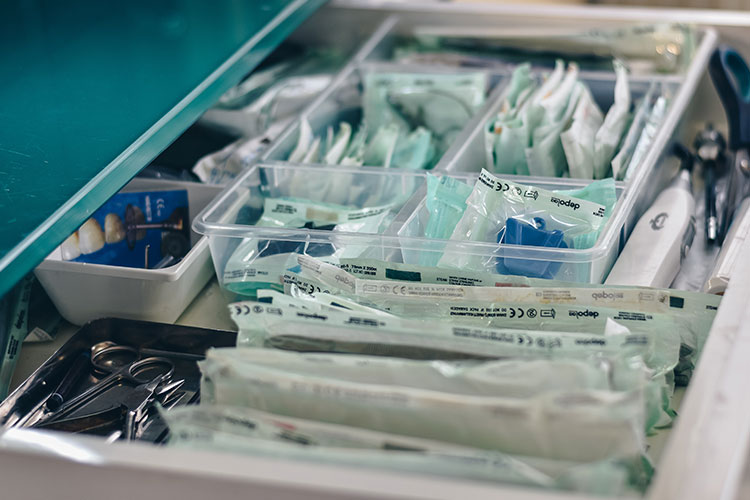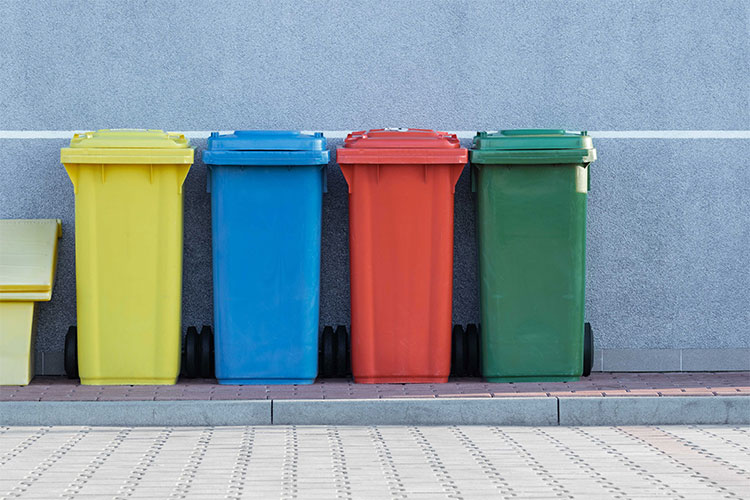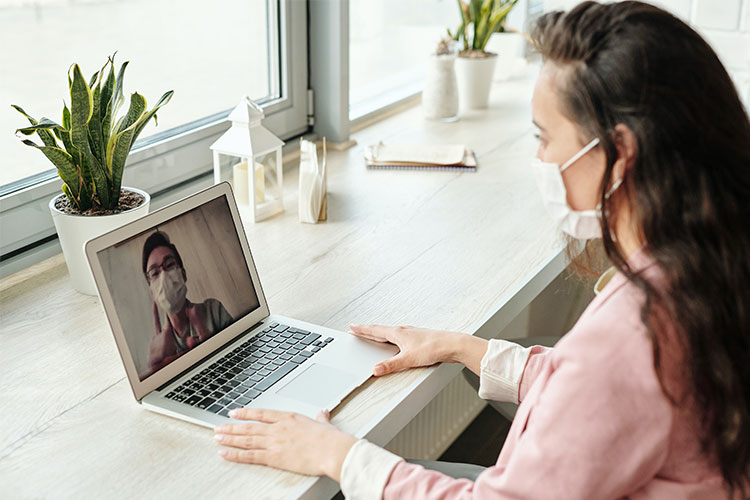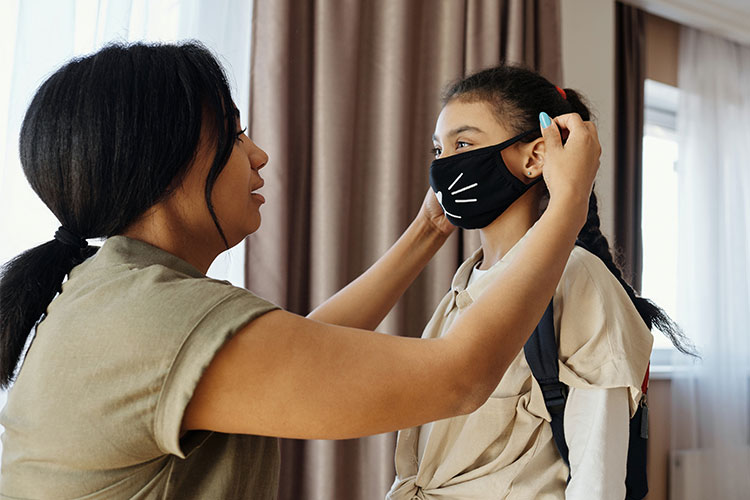One of our newest associates, interior designer Kassi Sturgill, worries that the COVID crisis has overshadowed longer-term concerns about the environment. Here’s what has her alarmed -- and what we should do about it.
By: Kassi Sturgill, IIDA // Interior Designer
The news right now is dominated by three major topics: COVID-19, the social justice movement, and the 2020 election. And that’s entirely justifiable. But I’m concerned about another vital topic that has, for the most part, been pushed off our collective radar: the environmental crisis and sustainability movement. Yes, the record heat this summer, massive wildfires in California, and twin tropical storms in the Gulf of Mexico remind us that climate change is creating extreme and unpredictable weather. But that’s a far cry from sustained interest in lowering consumption and increasing renewables.
Which is too bad, because the sustainability movement has made real strides recently. In fact, some of these strides have been made because of the pandemic. We’ve seen very positive effects in decreased carbon dioxide entering the air thanks to fewer drivers on many roads and many companies temporarily slowing down. DesignGroup has seen a huge decrease in paper use; working from home has required us to collaborate electronically even more than usual. It’s saved our company money (and the world a few trees), and we’re just 60 people. Imagine the paper being saved across tens of thousands of companies, large and small. The crisis has proved the world is capable of change — and very quickly, when properly motivated.
Unfortunately, the pandemic has also resulted in huge increases in waste through PPE, delivery services, food carryout, plexiglass, use of non-reusable items, and so much more. In Wuhan, China, where the crisis began (and where it’s possible to evaluate the longest-term environmental effects), medical waste tonnage grew from a typical 40-tons per day to a whopping 240 tons at the crisis peak. If the United States' medical waste increases at the same rate, we could create as much waste in two months as we typically do in one year. And that’s just medical waste. Think about how many gloves and masks you've seen littering parking lots and sidewalks. Think how many Styrofoam carryout containers have been used and thrown away since March.
With everything else going on, I know it’s hard to focus on this movement as well. But it truly is imperative for us to fight for sustainability as much as we can. So, how can we help right now? DesignGroup is very active in the healthcare industry, so that’s a natural place to start.
1. Reduce Medical Waste
Healthcare facilities create millions of pounds of waste every day, and a major component of this is single-use products. Many of these could be switched out for reusable products and disinfected between each use, including sharps containers and other medical instruments. Here’s a great article to get started: Nine Ways to Cut Down on Medical Waste.
The Cleveland Clinic reports that disinfecting reusable items instead of discarding them has saved the system $2.5 million per year.

2. Smarter Recycling and Separating
It’s important to always analyze and rethink the efficiency and sustainability of day-to-day practices. This can include anything from managing waste streams to increasing telehealth appointments. A simple way to manage the waste stream is making sure red bag waste, solid waste, and recycling containers are obviously marked and separated to avoid accidentally throwing items in the wrong container — and contaminating the rest of the bag, costing the facility even more money.
Sounds obvious, but it costs half the price to send recycling out compared to solid waste and it costs ten times more to discard medical waste compared to solid waste. Here are some basic practices to get you started: Hospitals Save Millions with Sustainability Programs.

3. Increased Telehealth
Substituting office visits with telehealth appointments helps lower car emissions and drivers on the road. We hope to see it continue post-COVID-19. It’s a natural time and energy saver for appointments that aren’t urgent or requiring in-person consultation. The American Medical Association predicts telehealth could account for about 20% of what Medicare, Medicaid and commercial insurers spend on outpatient, office and home health visits, according to a new report.
Here's a more detailed look: "After COVID-19, $250 billion in care could shift to telehealth."

4. Reconsider Fundamental Practices
“We must use this as an opportunity to rethink our day-to-day practices, both at an individual and institutional level,” says professor Peter Marra of Georgetown University’s Georgetown Environmental Initiative, in this recent article. “Maybe we don’t need to travel as much. Can we telework more? Maybe go to fewer conferences? Are there other practices we’re doing now that make us more sustainable that we can make permanent? These are really important questions.”
Improving the environment will in turn improve people’s health conditions and, though it can be a high cost up front, will save people and facilities money in the long run. Wuhan’s air quality improved so much over their quarantine that it could save as many as 700,000 lives solely based on this change alone. This pandemic has shown that if we all come together and change the way we live, we can make a significant impact on the world.

Bonus idea: Choose Reusable Masks.
I would be remiss if I didn’t mention one of the easiest ways to reduce waste right now: choose reusable masks rather than disposable ones. This simple switch can save tons of waste from going into the landfill.

Kassi Sturgill, IIDA // Interior Designer
Kassi joined DesignGroup as an Interior Designer in 2019. A recent graduate of The Ohio State University, she has a passion for helping people and creating healthcare spaces that improve staff workflow, patient healing, and family comfort. Kassi loves to learn something new every day, and embraces her role of making a positive impact through the environments she designs.
